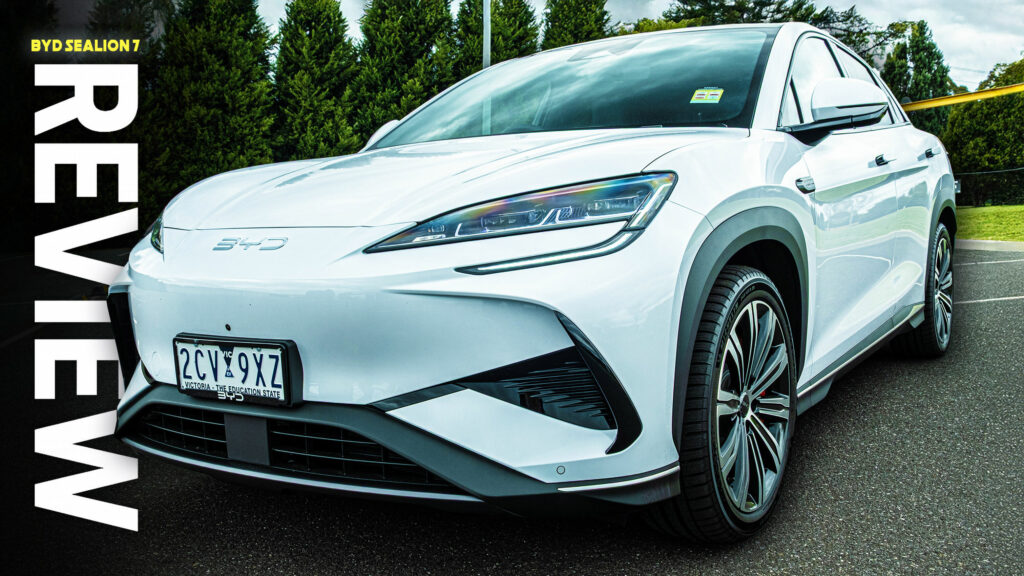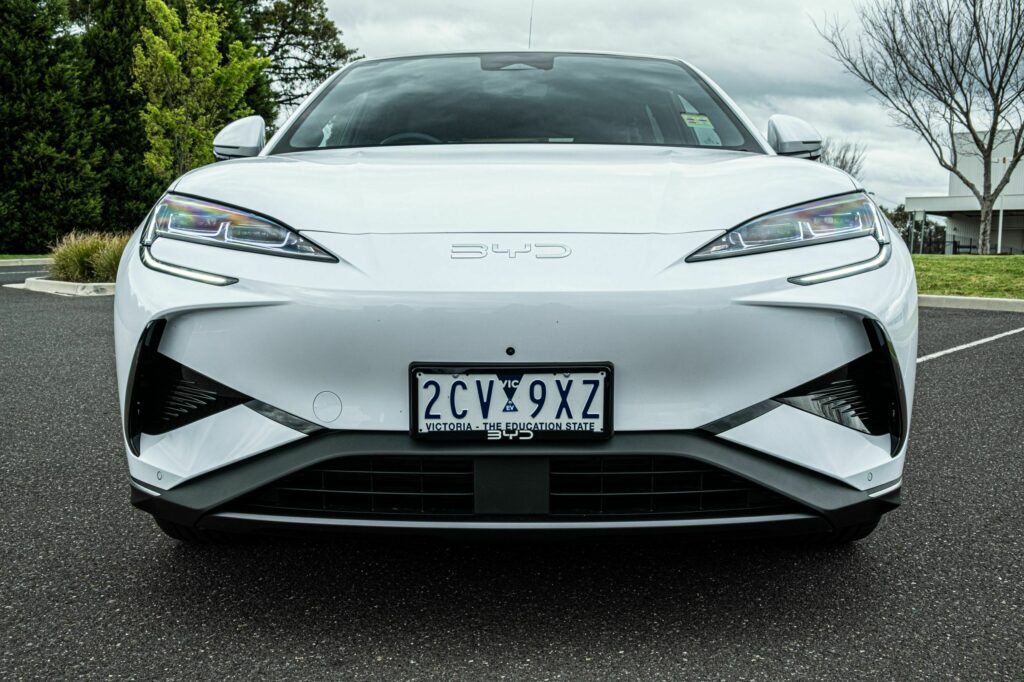1,139-HP Cayenne Electric Is Porsche’s Most Powerful Road Car Ever

- Porsche reveals ’26 Cayenne Electric and Cayenne Turbo Electric.
- Base car makes up to 435 hp, Turbo kicks out a massive 1,139 hp.
- Adaptive air suspension is standard, inductive charging optional.
The original Cayenne supercharged Porsche’s sales, and 23 years later, the third-generation car is still the brand’s best-seller. But now the nameplate is heading into new territory with the launch of the 2026 Cayenne Electric, a battery-powered twist on the formula using lessons learned from the smaller Macan EV.
Related: Porsche’s Next Hybrids Could Get A Trick New Electric Motor
This isn’t just an electrified version of the familiar Cayenne. The new electric models ride on an entirely different platform, a version of the PPE architecture used in the Macan Electric, but stretched 5.1 inches (130 mm) to give a 119-inch (3,020 mm) wheelbase.
That wheelbase is also longer than the combustion Cayenne’s by the same amount, resulting in a healthy increase in rear legroom for passengers.
But enough about what the ruler says. Does the Cayenne Electric rule over its ICE brother when the light turns green? Damn right, it does.
There are two flavors at launch: the Cayenne Electric and the mighty Cayenne Turbo Electric. Both are all-wheel-drive, both are loaded with tech, and both are clearly designed to make you question why you ever cared about cylinders.
Most Powerful Porsche Ever
Let’s start with the showstopper. The $163,000 (plus $2,350 dest) Cayenne Turbo Electric’s dual-motor powertrain generates 844 hp (857 PS / 630 kW) in normal driving, but the Push-to-Pass boost, activated by a button on the steering wheel, throws in an additional 173 hp (177 PS / 130 kW) for 10 seconds at a time.
And the madness doesn’t end there, because with Launch Control activated, you can unleash up to 850 kW, which translates to 1,139 hp (1,155 PS) and 1,106 lb-ft (1,500 Nm) of torque.
Porsche says its most powerful production car ever goes zero to 60 mph (97 kmh) in 2.4 seconds – versus 3.1 seconds for the fastest combustion Cayenne, the Turbo GT – and gobbles up the standing quarter-mile in 9.9 seconds. Top speed? An ample 162 mph (260 km/h). Welcome to Porsche’s new performance reality.
The ‘regular’ $109,000 Cayenne Electric is plenty slower, but hardly tame. It produces 402 hp (408 PS / 300 kW) in normal driving and up to 435 hp (441 PS / 324 kW) when Launch Control is engaged. That output, and the 615 lb-ft (834 Nm) that goes with it, delivers you to 60 mph in 4.5 seconds and a top speed of 143 mph (230 km/h).
Brakes Optional
Both trims also deliver serious energy recuperation, with braking that can feed up to 600 kW back into the battery. Porsche claims that about 97 percent of routine braking situations never need to involve the physical brakes, though you can still opt for PCCB carbon rotors if you feel inclined.
Adaptive air suspension with Porsche Active Suspension Management is standard, and the Turbo adds a torque-vectoring rear differential. Both variants can be optioned with rear-axle steering and Porsche Active Ride, using active anti-roll bars, as on the Taycan, is also available.
The new 113 kWh battery pack is the heart of both models and is 13 kWh bigger than the one in the Macan Electric. Thanks to 800-volt architecture and improved cooling, the Cayenne Electric can charge at up to 400 kW under ideal conditions. A jump from 10 to 80 percent takes less than 16 minutes.
Porsche is also introducing optional inductive charging, becoming the first automaker to offer the tech on an EV in the US. Pull into your garage, park over the floor pad, and the SUV starts charging by itself at up to 11 kW.
Like A Scaled-Up Macan Electric

On the styling front, Porsche resisted the temptation to reinvent the Cayenne silhouette too radically. Instead, it sharpened it, bringing in some tricks from the Macan EV. The bonnet sits lower, the headlights are slimmer, the body lines crisper, and the doors feature frameless glass.
Out back, a 3D-effect light bar and illuminated Porsche lettering add nighttime pizzazz. Turbo Electric models get extra contrasting bits in a color called Turbonite, which sounds like something a Marvel villain would wear.
The Cayenne Electric’s new shape isn’t just for show. A drag coefficient of 0.25 makes it one of the most slippery SUVs in its class. Hidden aero flaps, a smart roof spoiler, and trick aero blades help it slice through the air and squeeze out more range. Porsche says the system constantly adjusts to changing speeds and loads, adding grip when needed and cutting drag when it’s not.
And if you’re more interested in cutting through rock trails than cutting through the air, an Off-Road Design package brings different front and rear bumpers to improve the approach and departure angles.

Related: New Cayenne Electric Packs More Screens Than A Vegas Buffet Of LEDs
Inside, rear passengers get more legroom and electric seat adjustment as standard, interior surface heating, and a panoramic roof that uses liquid-crystal tech to alter its opacity.
Then there’s the digital experience. The new Flow Display stretches across the dash with two large OLED screens for gauge cluster and infotainment duties. A 14.9-inch passenger display is optional.
There’s also an epic 87-inch head-up display with augmented reality guidance available, a new AI-driven Voice Pilot, and an upgraded app system with streaming and gaming baked in. That’s a lot of tech, but at least Porsche kept physical buttons for things like climate and volume.
A Long Wait
US deliveries of the 2026 Cayenne Electric start in late summer 2026, by which time we’ll be able to fill in blanks that include those all-important EPA range figures and maybe confirmation of the rumored mid-ranking Cayenne S with around 592 hp (600 PS / 441 kW), designed to bridge the gap between the two launch models. We’re also expecting to see the GTS badge appear at some point, as it has recently on the Macan Electric.
But don’t worry, if you’re a committed ICE fan, the combustion and plug-in hybrid versions of the Cayenne aren’t going anywhere, as they will live on well into the 2030s.
All the pictures above show the Cayenne Turbo Electric. The images in the gallery below are of the regular Cayenne Electric.






